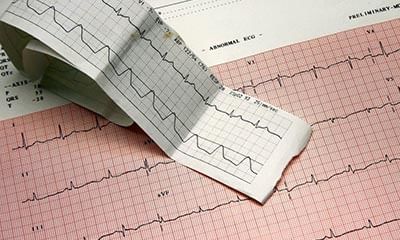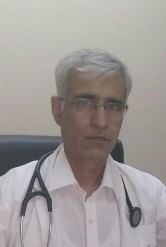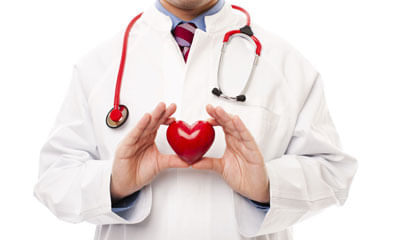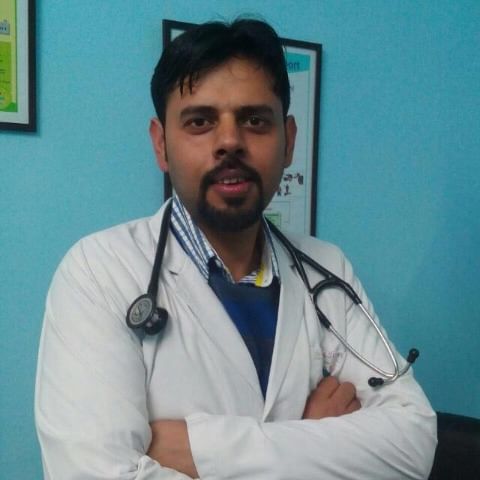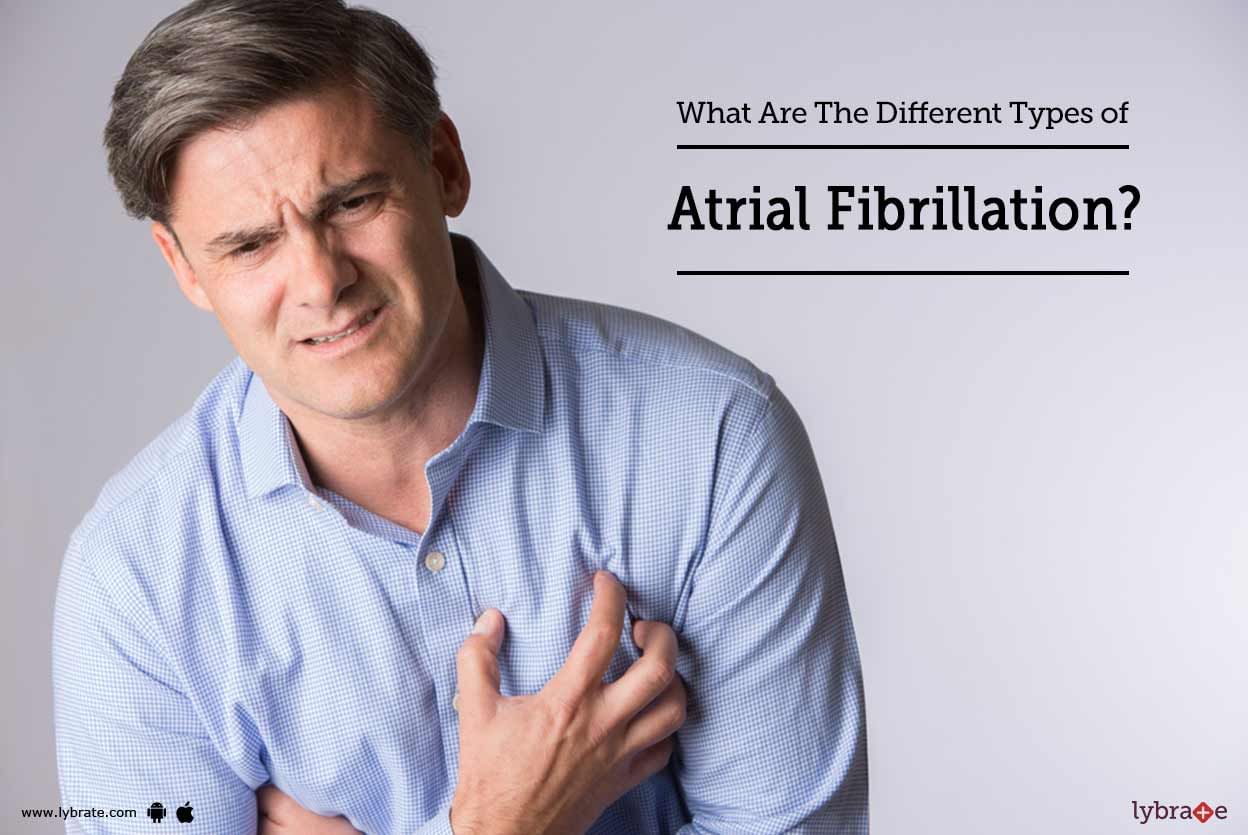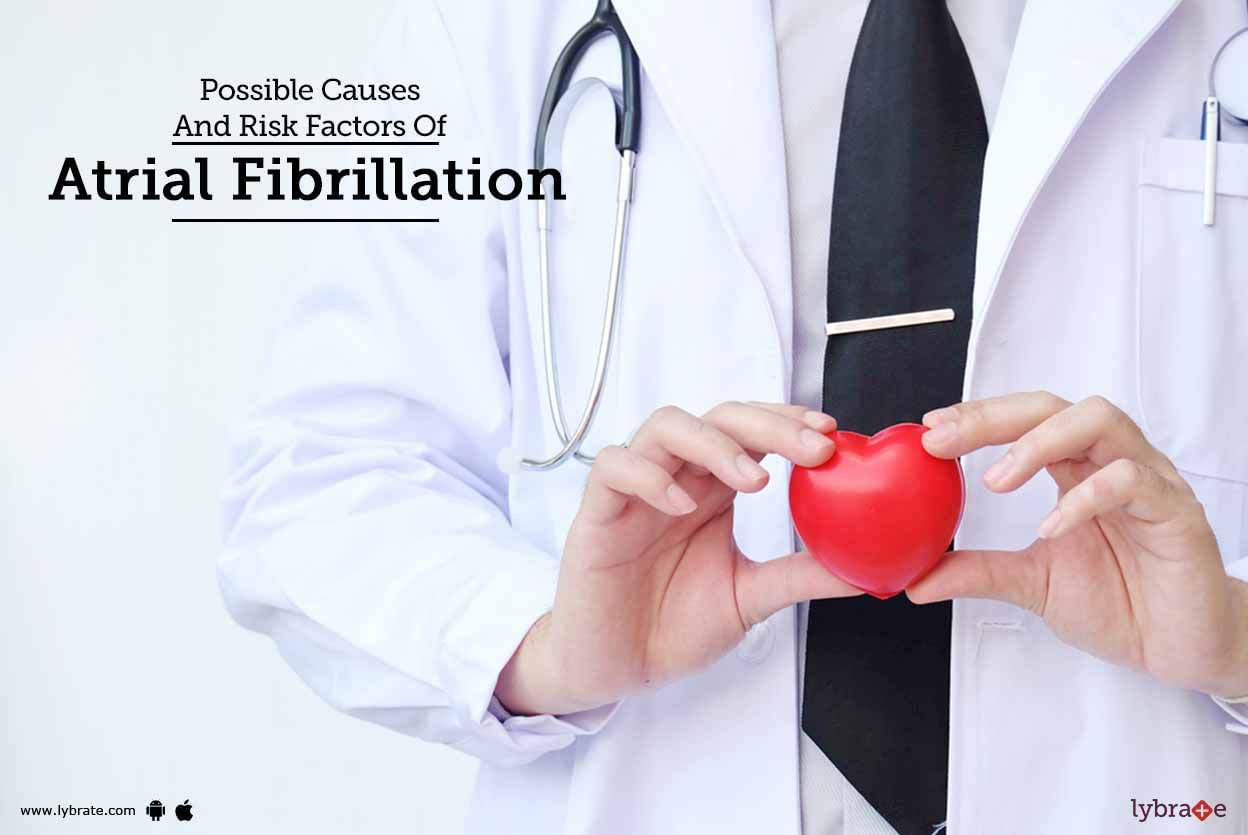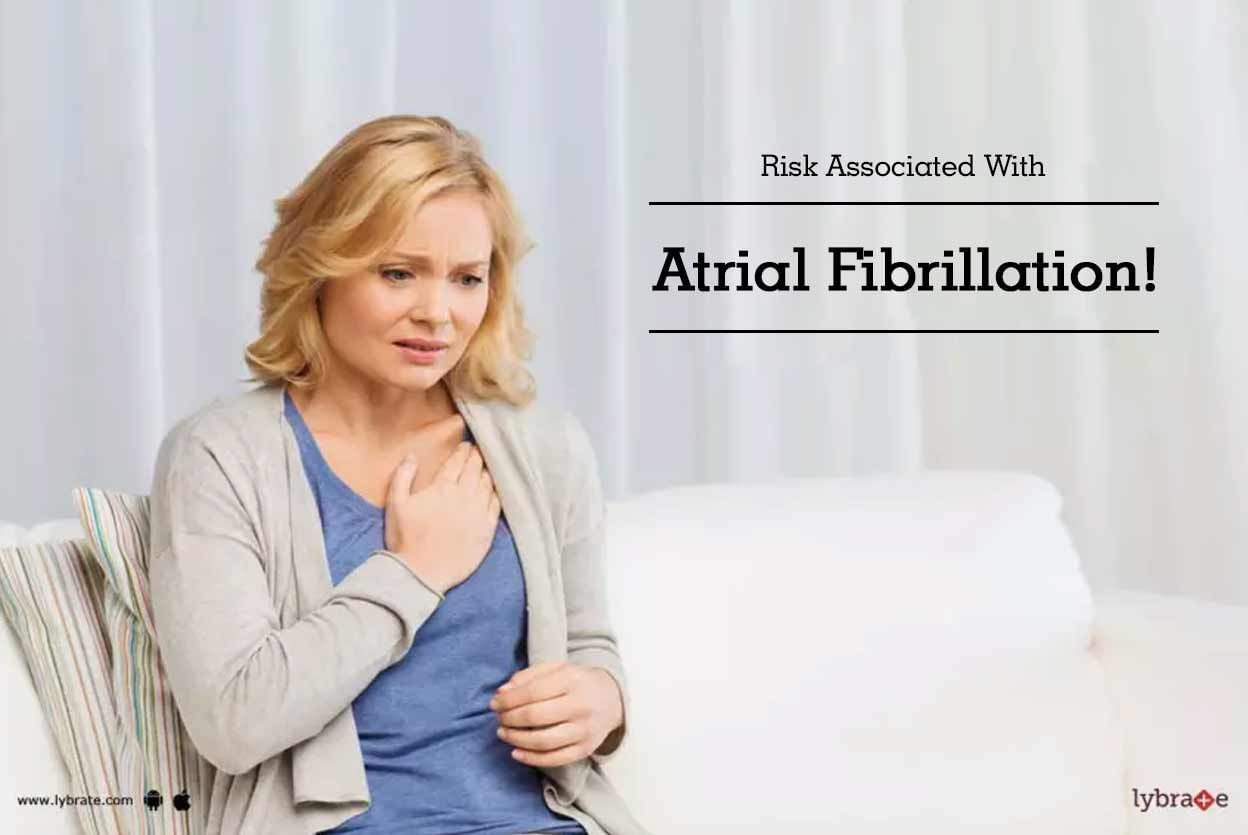Get the App
For Doctors
Login/Sign-up
About
Health Feed
Find Doctors
Health Packages
AllQ&AsTips
Atrial Fibrillation Health Feed
Health Query
Share
Bookmark
Report
Asked for male, 60 years old from Rampur
Share
Bookmark
Report
Asked for female, 60 years old from Rampur
Share
Bookmark
Report
Abnormalities or damage to the heart's structure are the most common cause of atrial fibrillation. Possible causes of atrial fibrillation include: High blood pressure. Heart attack.But we have to look into the details of the problem.
Let's have a detailed discussion to Ensure proper treatment.
Let's have a detailed discussion to Ensure proper treatment.
11 people found this helpful
Last Updated: 5 years ago• Featured Tip
Share
Bookmark
Report
We all know about the heartbeat, which is produced by the opening and closing of the valves in the heart, which in turn controls our blood flow. There is a regular pattern to this beat, and when, due to various reasons, it becomes irregular, it is known as arrhythmia. Atrial fibrillation, known shortly as AFib, is one of the common types of arrhythmia.
Why AFib: The heart has an electrical impulse system, which controls the opening/closing of its valves. Due to various changes, be it li...more
Why AFib: The heart has an electrical impulse system, which controls the opening/closing of its valves. Due to various changes, be it li...more
Last Updated: 6 years ago• Featured Tip
Share
Bookmark
Report
As the nomenclature appears to indicate, Arrhythmia is a condition where the heartbeat of the affected person does not conform to the rhythm it is designed for. But there are cases of Arrhythmia where the normal heartbeat is available as well. The underlying causes of the condition can be many, including a disorder in the coronary artery and the person having suffered a heart attack or undergone heart surgery. The irregular heartbeat is medically referred to as fibrillation.
The fact is...more
The fact is...more
Last Updated: 7 years ago• Featured Tip
Share
Bookmark
Report
Formation of blood clots in the arteries of the lungs, heart or legs can actually kill a person. In such a case, the immediate medical action is necessary and the only way to deal with blood clots is thrombolysis.
Thrombolysis or thrombolytic therapy is a medical process that dissolves blood clots and facilitates blood flow to all parts of the body. Thus, it protects tissues and muscles from damage.
What are the causes of blood clots in the body?
Poor blood circulationmore
Thrombolysis or thrombolytic therapy is a medical process that dissolves blood clots and facilitates blood flow to all parts of the body. Thus, it protects tissues and muscles from damage.
What are the causes of blood clots in the body?
Poor blood circulation
Asked for male, 42 years old from Meerut
Share
Bookmark
Report
Last Updated: 7 years ago• Featured Tip
Share
Bookmark
Report
Atrial fibrillation is a condition that results in rapid heartbeat leading to heart failure, stroke, and other cardiac complications. In this condition, the upper valves of the heart beat irregularly. Some of the common symptoms of this condition include weakness, heart palpitations and shortness of breath. There could be several episodes of Atrial fibrillation. Although it is not life threatening, there could be serious complications owing to the nature of the condition. Atrial fibrillation can...more
Last Updated: 7 years ago• Featured Tip
Share
Bookmark
Report
M.Ch - Cardio Thoracic Surgery, MS - Gen...read more
Cardiologist•Jalandhar
Atrial fibrillation is a condition that results in rapid heartbeat leading to heart failure, stroke, and other cardiac complications. In this condition, the upper valves of the heart beat irregularly. Some of the common symptoms of this condition include weakness, heart palpitations and shortness of breath. There could be several episodes of Atrial fibrillation. Although it is not life threatening, there could be serious complications owing to the nature of the condition. Atrial fibrillation can...more
Last Updated: 7 years ago• Featured Tip
Share
Bookmark
Report
Atrial fibrillation is a condition that results in rapid heartbeat leading to heart failure, stroke, and other cardiac complications. In this condition, the upper valves of the heart beat irregularly. Some of the common symptoms of this condition include weakness, heart palpitations and shortness of breath. There could be several episodes of Atrial fibrillation. Although it is not life threatening, there could be serious complications owing to the nature of the condition. Atrial fibrillation can...more
Book appointment with top doctors for Atrial Fibrillation treatment
View fees, clinic timings and reviews
Ask a free question
Get FREE multiple opinions from Doctors
posted anonymously


